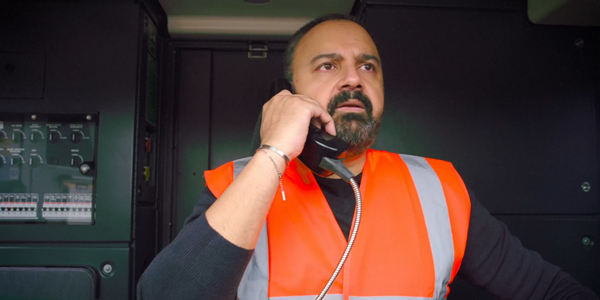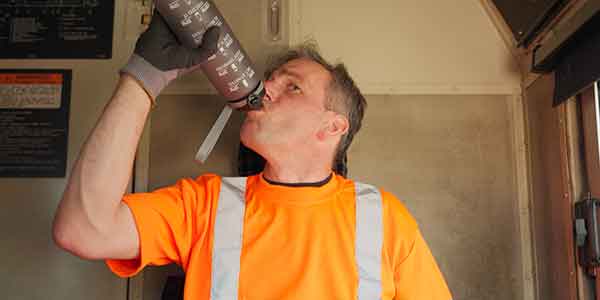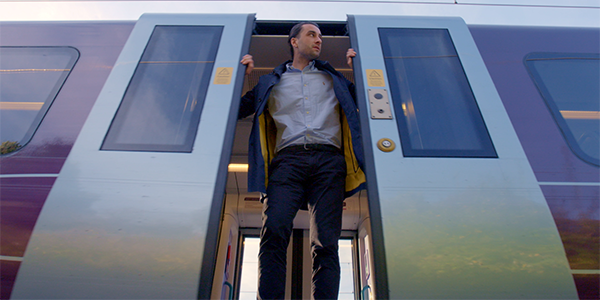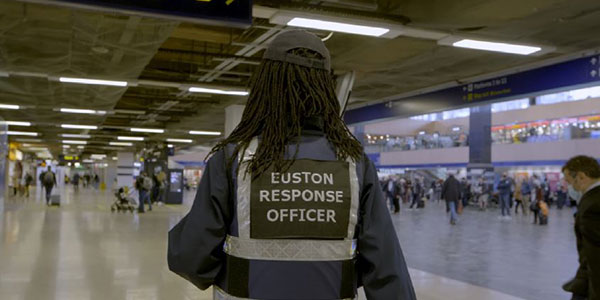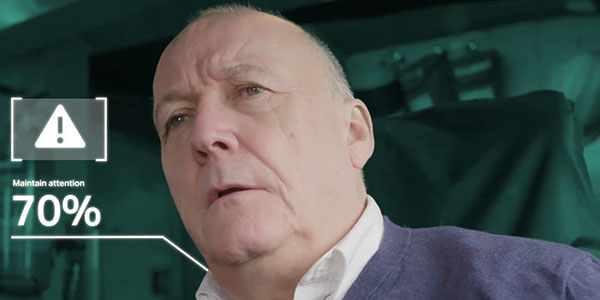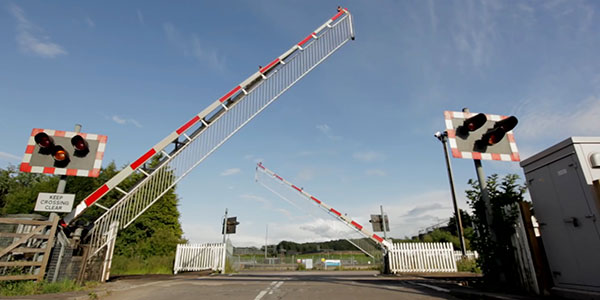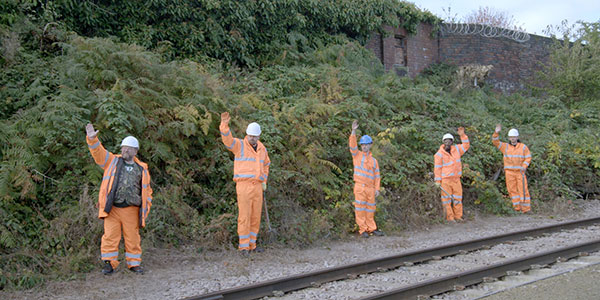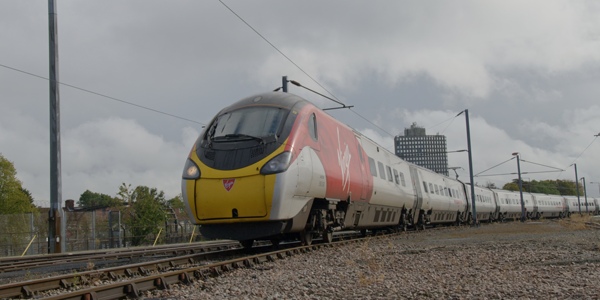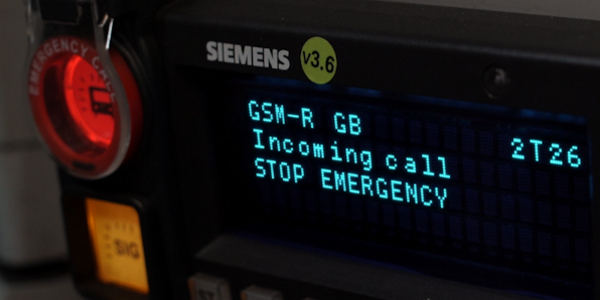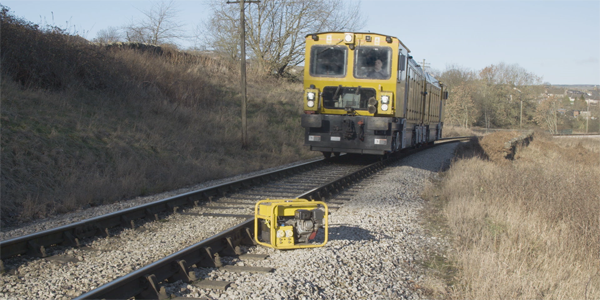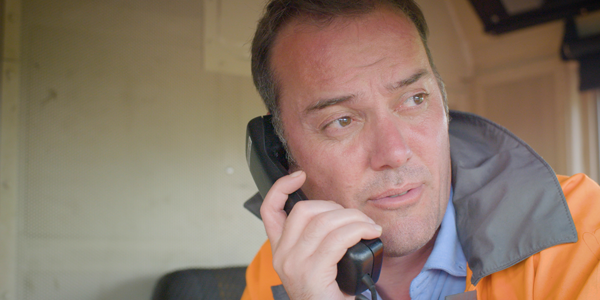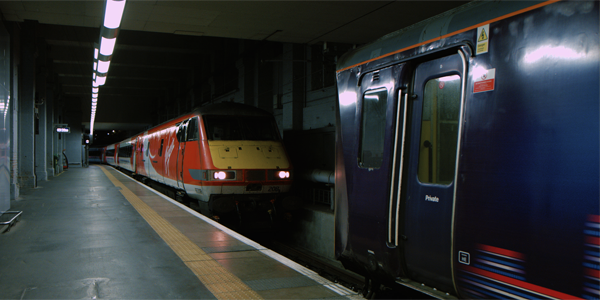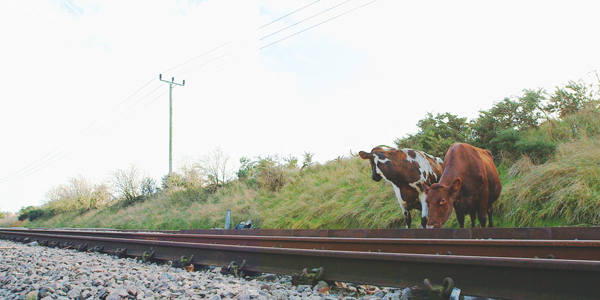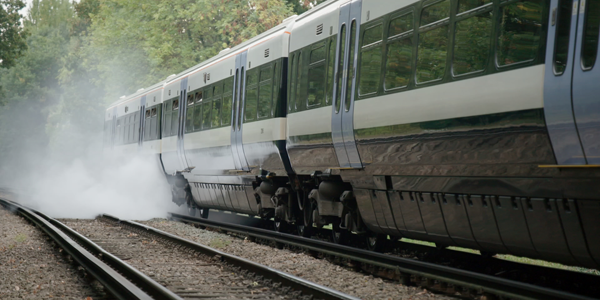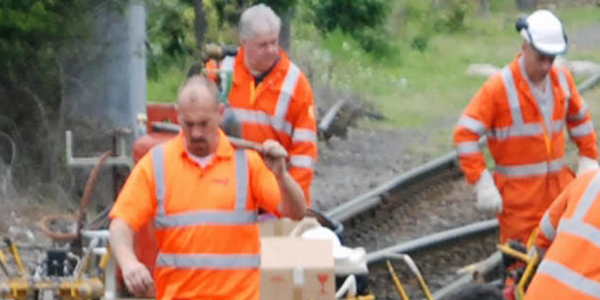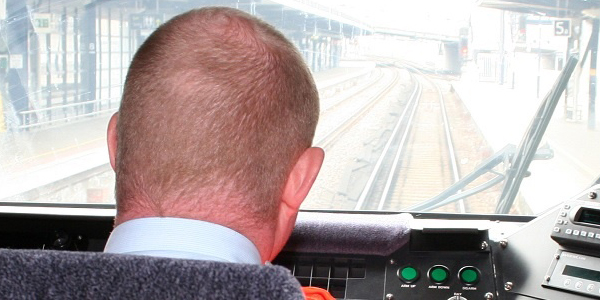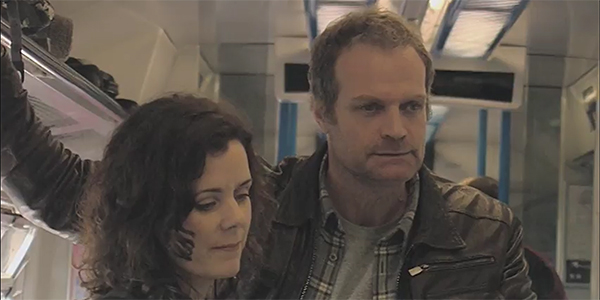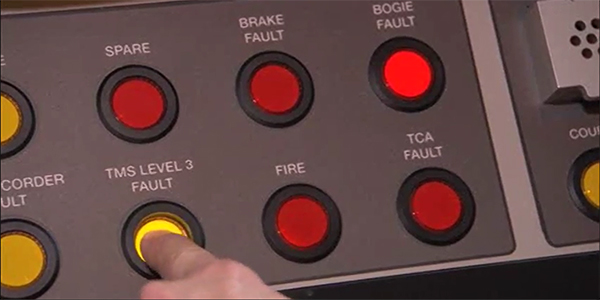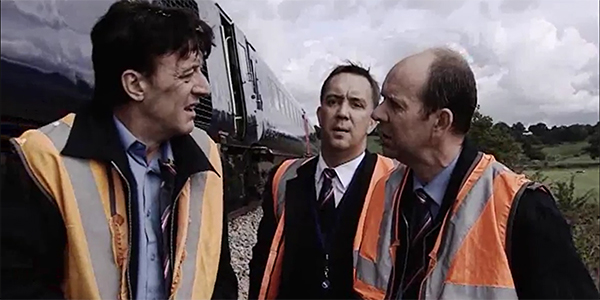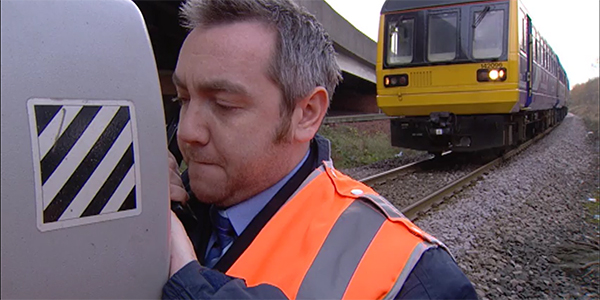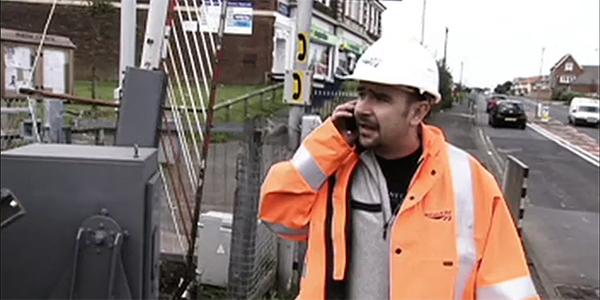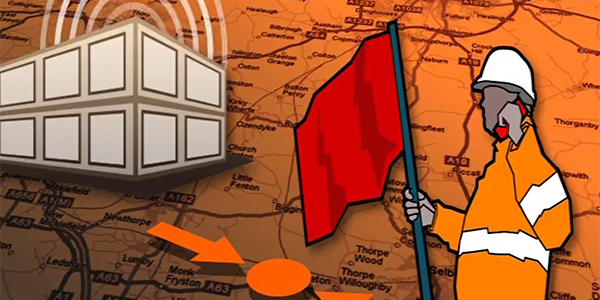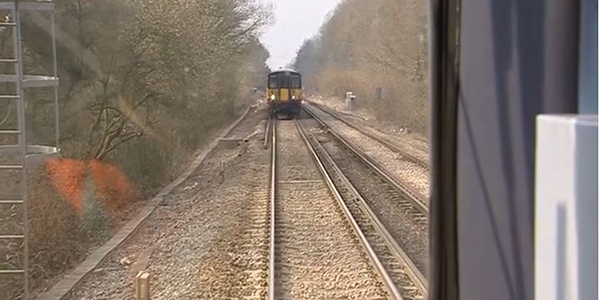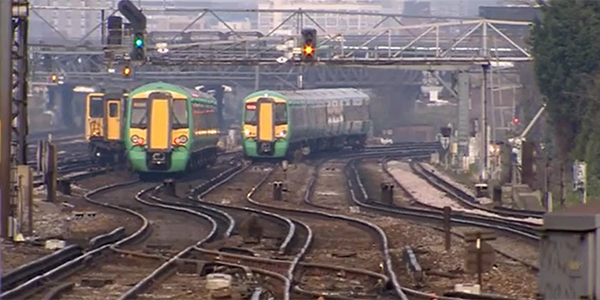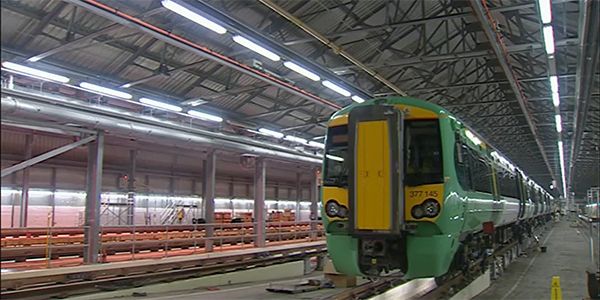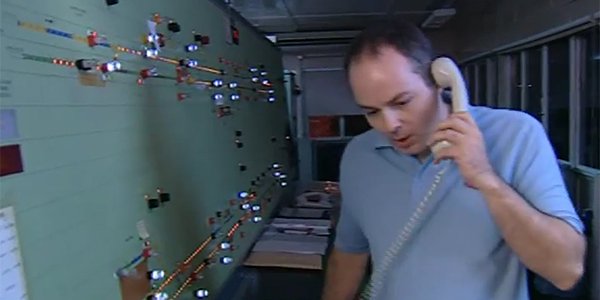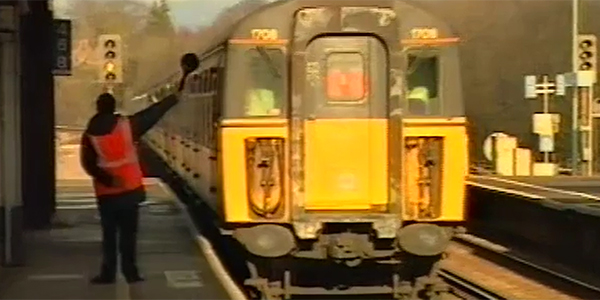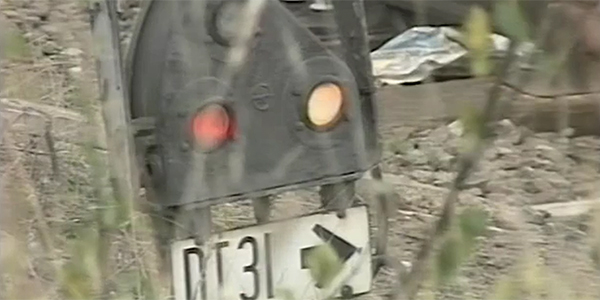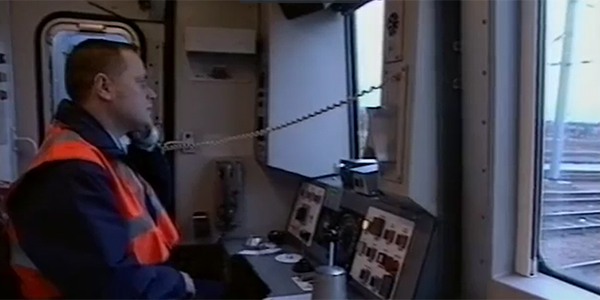
Premium
RED 69 – Safety Critical Communications
Safety critical communications is a vital part of running a railway safely and efficiently. Get it right, and everything runs smoothly. Get it wrong, and there can be damage to the infrastructure, injury, or even worse.

Premium
RED 66 - Climate
Climate change is already having a significant impact on GB rail, and the severity and frequency of weather events is only likely to increase. Through collaboration, communication, policy, and research, the industry is working towards better weather resilience and preparation.

Premium
RED 61 - Detraining
Why do passengers sometimes detrain or self-evacuate? It’s often due to trains breaking down, destroying our passengers’ own timetables and promises to employers, families and loved ones.
RED 61 gives you the story, provides pointers on how to reduce the risks, and suggests ways to help keep everyone in the picture when an incident occurs.

Premium
RED 60 - Station Safety
Stations can be places where assaults and accidents occur. In this RED 60 programme, we hear about the risks, what the industry is doing to tackle them, and what we can all do to help.

Premium
RED 58 - Human Factors

Premium
RED 57 - Level Crossings
This RED 57 programme looks at the risks posed by level crossings. A group of track workers are working in a possession by a level crossing. Errors in the handover between the crossing attendants are exacerbated by the PICOP’s fatigue and the signaller’s workload. These events lead to no signals protecting the crossing, and a very near miss.

Premium
RED 56 - Close Calls and Near Misses
This RED 56 programme looks at the importance of challenging safety information. A group of track workers have a safety briefing, but some of them aren’t sure about the information. The confusion about different warning systems leads to a very near miss.

Premium
RED 55 - Electrification
Based on the incident at Sutton Weaver, a driver stops his train and leaves his cab to assess damage to a section of overhead line equipment. This RED 55 programme considers the risks from energy feeds.

Premium
RED 54 - Stay Focused
A driver who has experienced a SPAD tries to deal with the aftermath. He contacts the signaller and control, and understands he has authority to continue—but from the wrong person. This RED 54 programme looks at SPADs

Premium
RED 53 - Left on the Track
This RED 53 programme looks at possessions. A group of track workers is spread over two locations. After a hard night’s work, they pack up and leave. The first train of the morning finds that they left something behind.

Premium
RED 48 - Clear Communication
This RED 48 programme looks at safety critical communications (SCC). A driver is experiencing technical issues. He asks the signaller for permission to leave the cab. The conversation does not follow SCC protocol, leading to a misunderstanding—and a very close call.

Premium
RED 46 - Making Assumptions
This RED 46 programme looks at fatigue and error. A driver on his first night shift after paternity leave is clearly tired. He is eager to get home, but he is held at a signal. Eventually the position light clears—but not for the right platform.

Premium
RED 44 - Assuming Safety
This RED 44 programme looks at the importance of following procedure. A driver notices a cow walking in the cess and informs the signaller. We see how poor communications and a failure to follow correct emergency procedures allow the situation to escalate into a serious incident.

Premium
RED 43 - Emergency
This RED 43 programme looks at how we can influence passenger behaviour. It is based on incidents at Kentish Town (2011) and Hither Green (2013). Passengers become increasingly anxious as smoke fills their carriage and proceed to detrain onto the running line.

Premium
RED 42 - Challenge....Don't Assume
This RED 42 programme looks at the importance of challenging safety information. A group of track workers travel to their site using a different gate. The controller of site safety, at another location, phones the signaller to arrange the line blockage but doesn’t know their location.

Premium
RED 38 - Emergency Action?
A train driver sees an off-track inspector ahead and sounds his horn. The off-track inspector acknowledges it but doesn’t move to a position of safety.

Premium
RED 33 - One of Those Days
This RED 33 programme looks at how one problem can affect the wider network. A train comes to a halt across a junction, with the driver unable to release the brakes. The passengers on other trains delayed by this incident become irritated, and eventually some detrain and walk to the nearest station.

Premium
RED 32 - Seconds to Decide
This RED 32 programme has two dramatisations. The first follows the action of a train crew following a bogie derailment. The second considers the safety critical communications between a permanent way manager and local signallers.

Premium
RED 31 - This is an Emergency Call
A train travelling at 90 mph collides with a fallen tree, causing extensive damage to the leading cab. The driver can’t use the radio, so must find another way to contact the signaller.

Premium
RED 26 - Derailment in Cumbria
This RED looks at the importance of reporting issues. A two-car Class 156 experiences violent side-to-side motion, but the driver doesn’t report it until he is in the Carlisle mess room. The driver of the following train sees the buckled line but isn’t able to stop in time.

Premium
RED 22 - Irregular Working and Communications
This RED looks at level crossings. One of the barriers at a level crossing fails to rise confusing motorists as to when it is safe to cross . Poor communications between the signaller and the mobile operations manager lead to a misunderstanding and a fast train nearly collides with road traffic on the crossing.

Premium
RED 21 - Hand Signalling
This RED looks at hand signalling. A signaller asks for assistance to inform drivers of the emergency speed restriction at a signal protecting a defect. However, one driver is incorrectly advised to pass the signal at danger.

Premium
RED 18 - Expecting the Unexpected
This RED, based on an incident at Effingham Junction in January 2007, looks at safety critical communication. An inexperienced driver working in degraded mode speaks to the signaller. The conversation doesn’t follow safety critical communication protocols, resulting in confusion.

Premium
RED 15 - Mistakes
This RED looks at safety critical communications. A driver stops at a station not normally on his route after his train develops a fault. Poor communication with the signaller leads to a misunderstanding about whether there is a block or not.

Premium
RED 14 - Precursors
This RED looks at concentration and mental wellbeing. A driver is having problems in his personal life, including bereavement. The stress has an impact on his ability to perform professionally. He is involved in several operational incidents, leading to a SPAD.

Premium
RED 13 - Safety Critical Communication
This RED, based on an incident at Lichfield Trent Valley in October 2004, looks at safety critical communications. A driver stops at a signal at danger. After poor safety critical communications with the signaller, the driver believes he has authority to pass the signal at danger.

Premium
Red 7 - Human Factors in Railway Operation
In this RED, we explore how important human factors are in making the right decisions. Bridge-building exercises between drivers and signallers improve safety critical communications and help them understand each other.

Premium
RED 3 - Mental Trap
This RED 3 programme focuses on Start Against Signal and Start On Yellow SPADs. Preventing these depends on recognising human factors elements that can bring risk to railway operations.

Premium
RED 2 - Unintended Consequences
The line ahead of a driver is blocked. He calls the signaller, who asks him to do a double shunt. The driver has not performed this move before and is unfamiliar with the new route that has been set.
